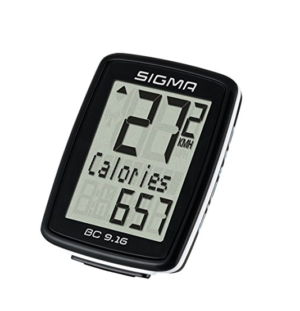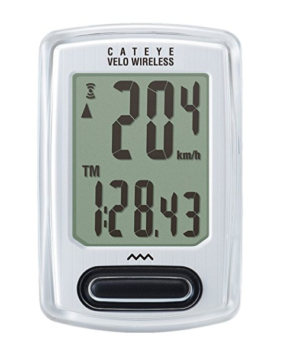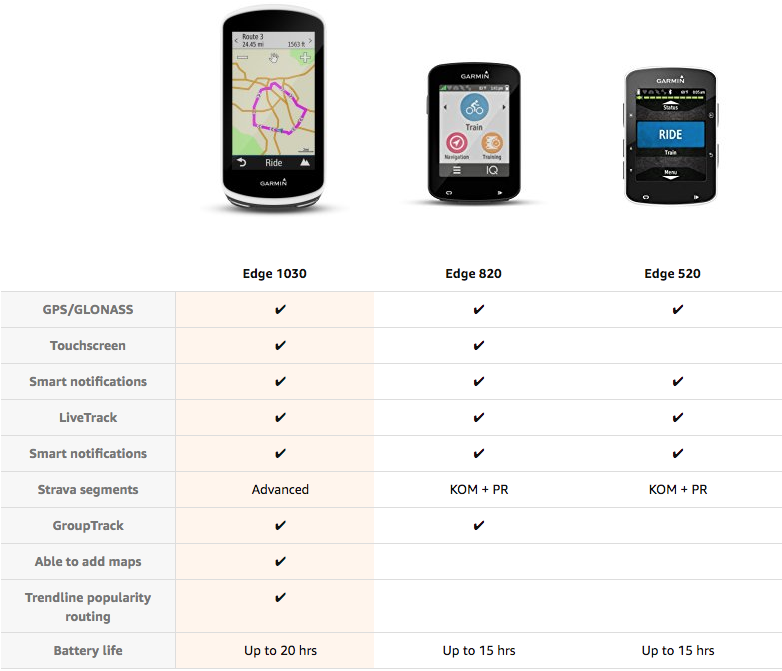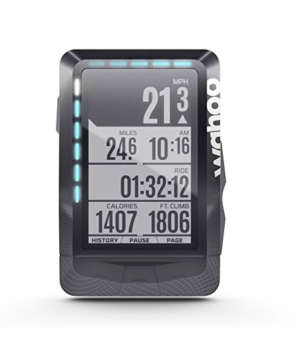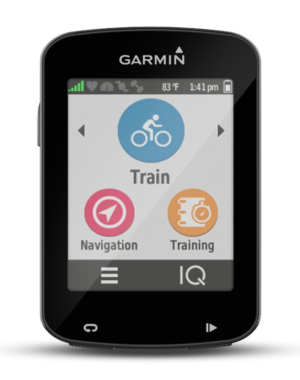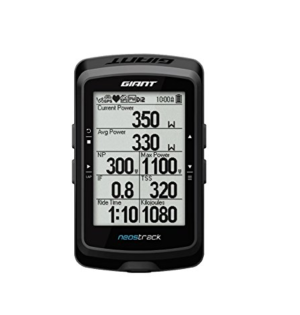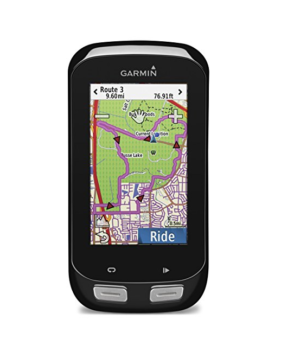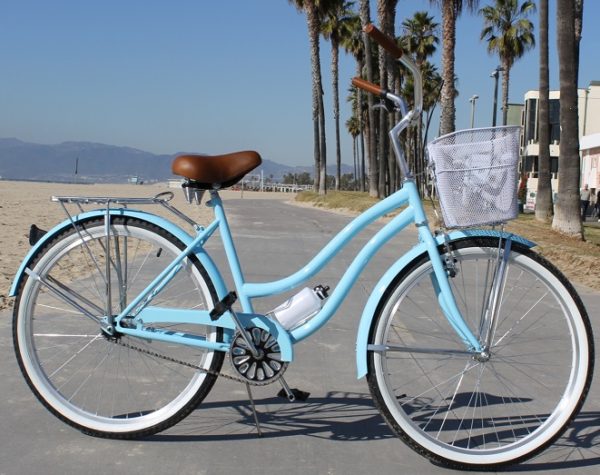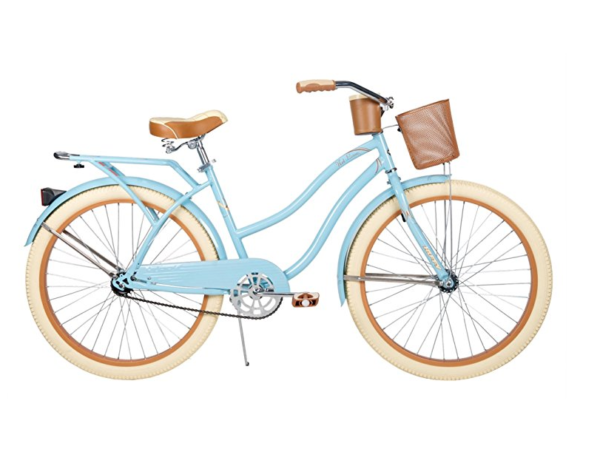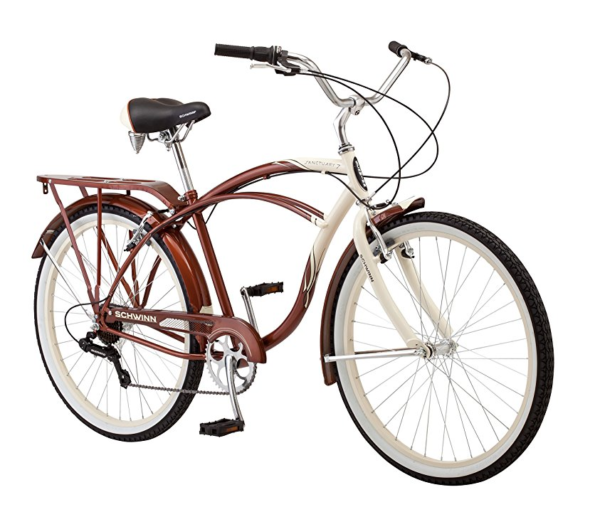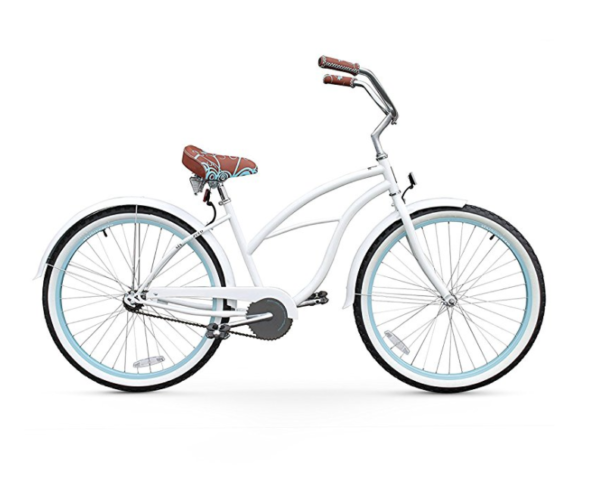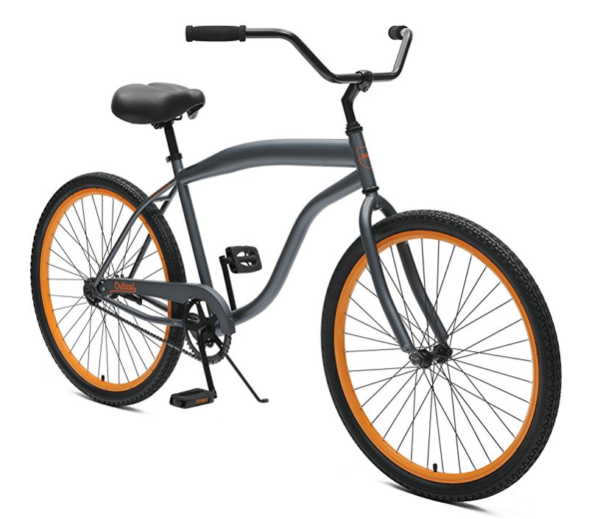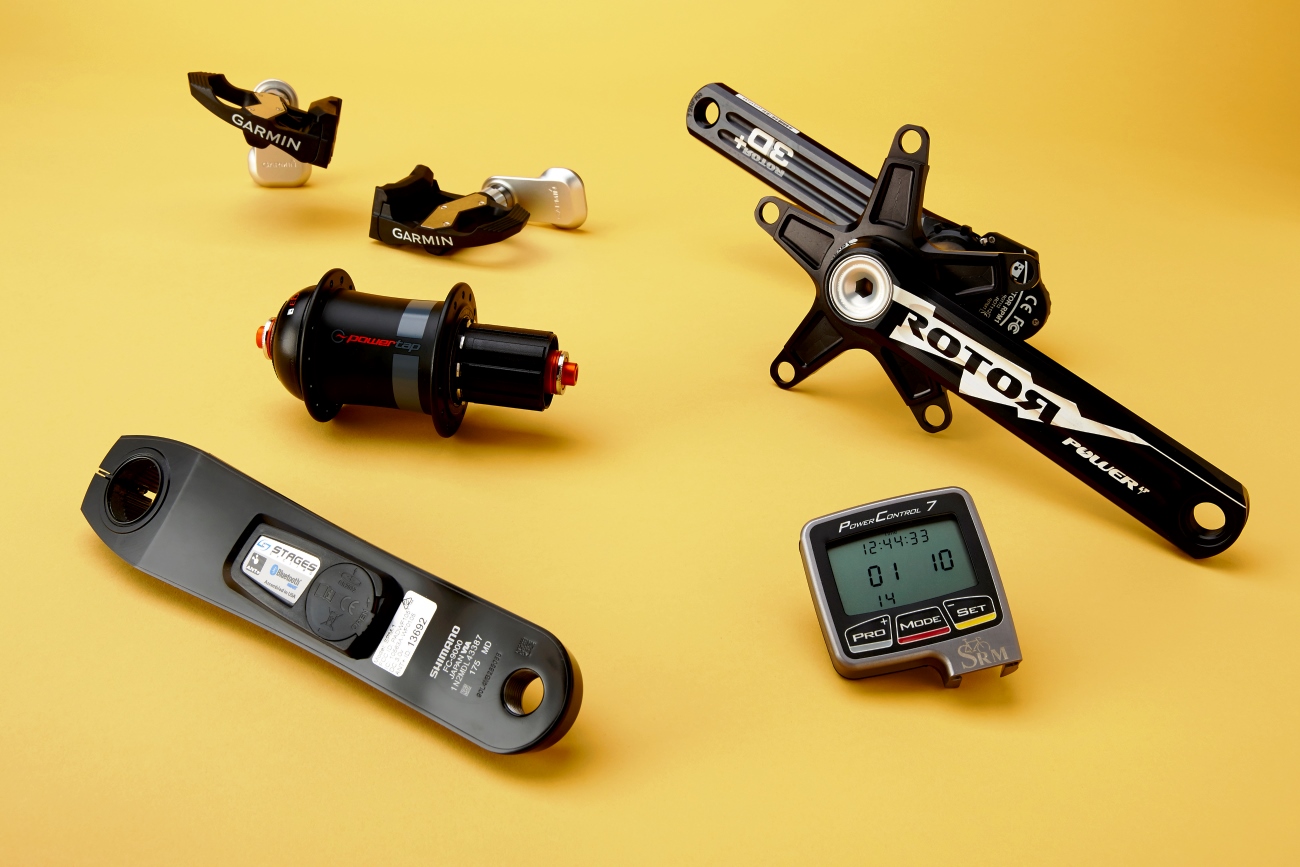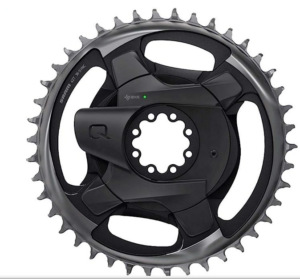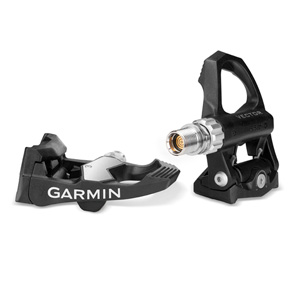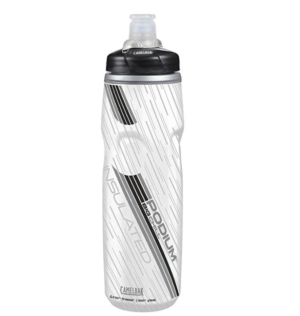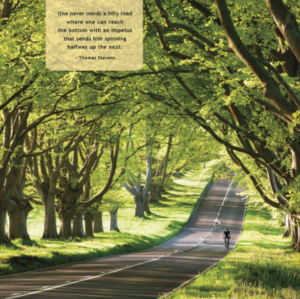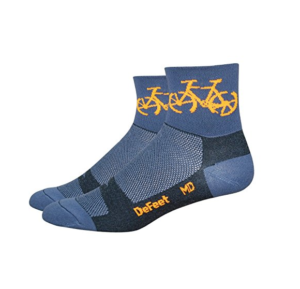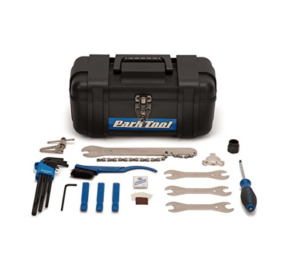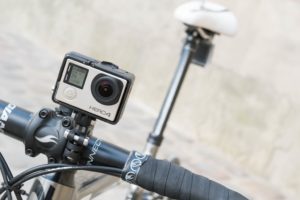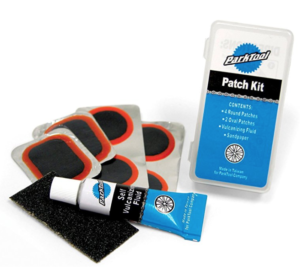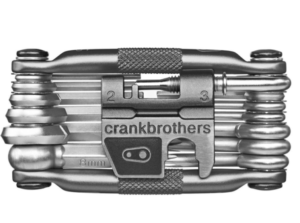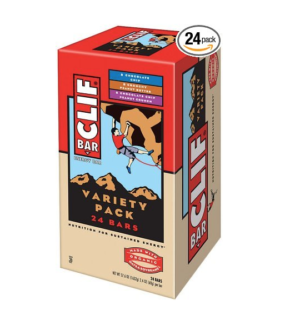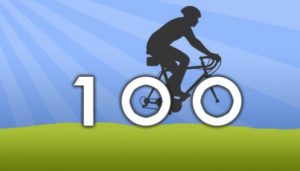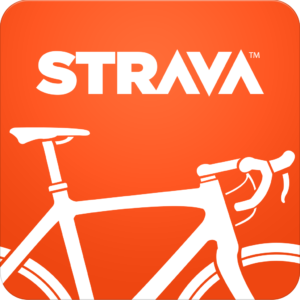How do you stay motivated and stoked to get out and ride? Podcasts can be a great resource because you can listen to them anytime, anywhere. If you haven’t already jumped on the podcast train, it may be time. There are a ton of cycling specific programs that can help you learn more about the sport, your bike and how to best train. Rather than getting sucked into the popular world of true crime podcasts, join the cycling community instead! It’s the perfect thing to listen to on your commute or while cleaning, cooking, doing maintenance, lazing around and pretty much anything else. Here are some of the best cycling podcasts to get you started.
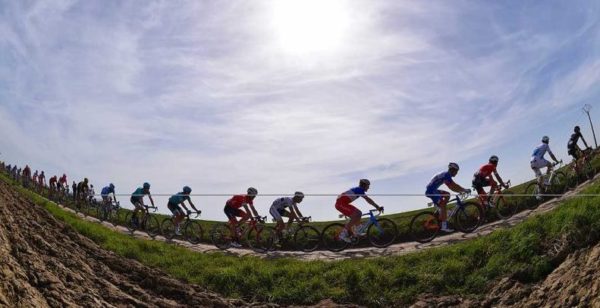
4 Of the Best Cycling Podcasts
The Cycling Podcast
Okay, The Cycling Podcast seems obvious. The name may be a little on the nose, but the production and quality of their content is one of the highest in the game. Sponsored by Rapha, each 30 minute weekly episode features authors and journalists Richard Moore, Lionel Birnie and Daniel Friebe. UK based, The Cycling Podcast cover the world of professional cycling with race reports, speculation and cycling news.
The Slow Ride Podcast
Another show about racing, but with a comic slant. The Slow Ride Podcast gets funny sarcastic, and a little weird sometimes, but it’s a ton of fun to listen to. So, if you want to take a breather from the seriousness that can be the cycling world, this show is a great breath of fresh air.
Velocast
As one of the longest running cycling podcasts, Velocast is just two guys who took their passion for watching and talking about cycling and made it into a show. A pro-level commentary on all things cycling, it’s the perfect blend between facts, knowledge and banter. You have the option of limited free shows, or you can subscribe to gain access to a ton of material.
The Paceline Cycling Podcast
The Paceline is a cycling podcast aimed at roadies, mountain bikers, commuters, cyclocross enthusiasts , those who grind gravel—indeed anyone who claims cycling for their own. The bicycle is more than a thing, discusses the bike’s place in society. The hosts love bike gear so expect some banter about what works and what does not on the road and trail. The show is backed by the Fatcyclist and Red Kite Prayer.
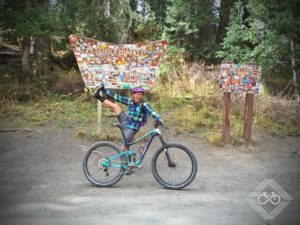
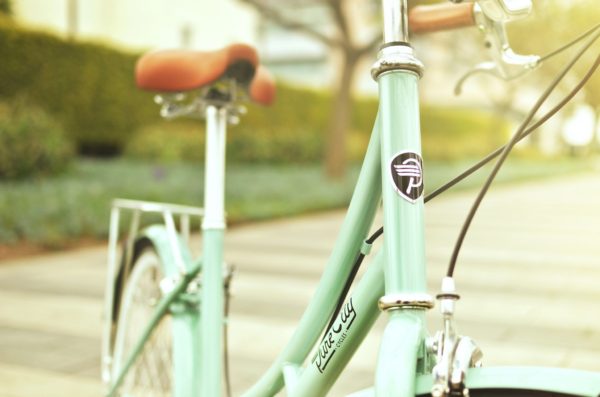
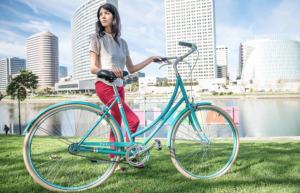
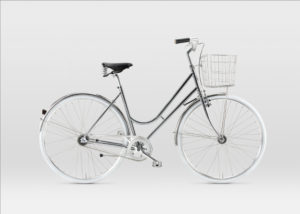
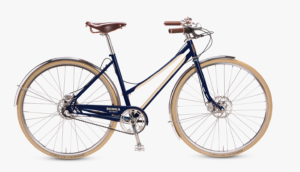
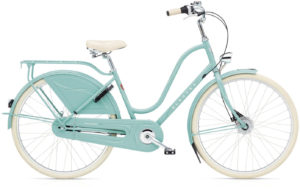
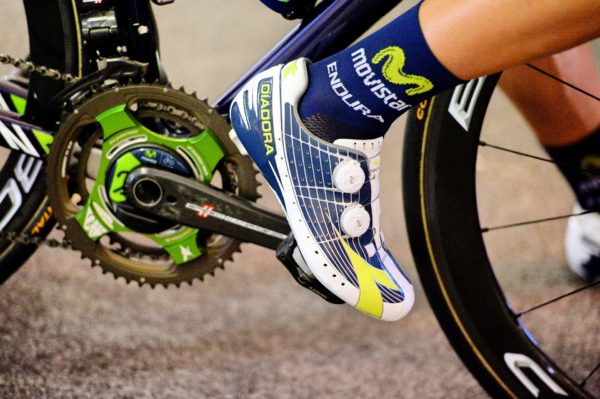
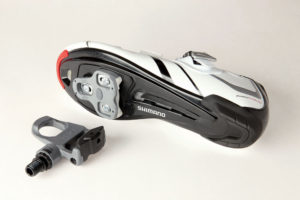
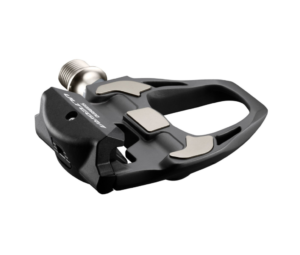
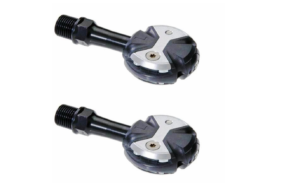
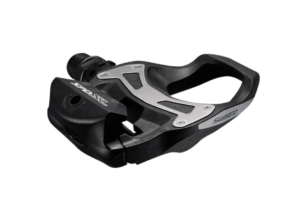
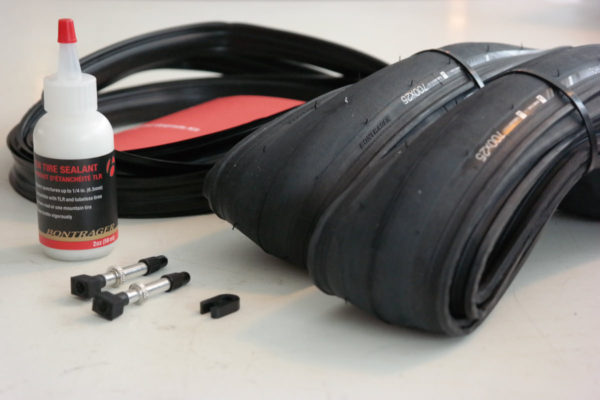
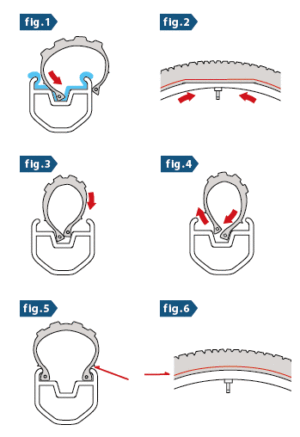
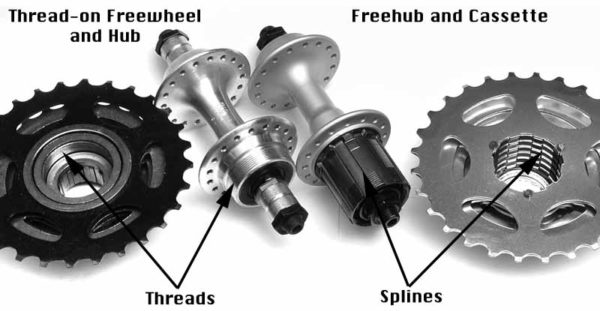

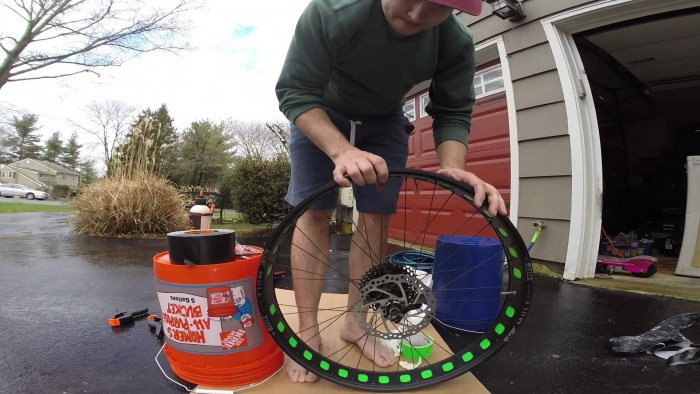
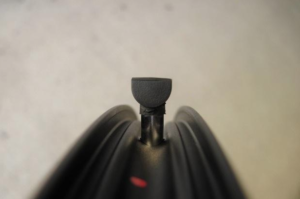
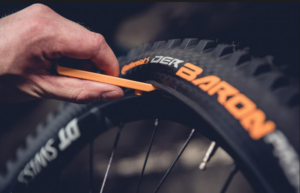 Lets face it: Tubeless is annoying to set up without a compressor. Thankfully
Lets face it: Tubeless is annoying to set up without a compressor. Thankfully 